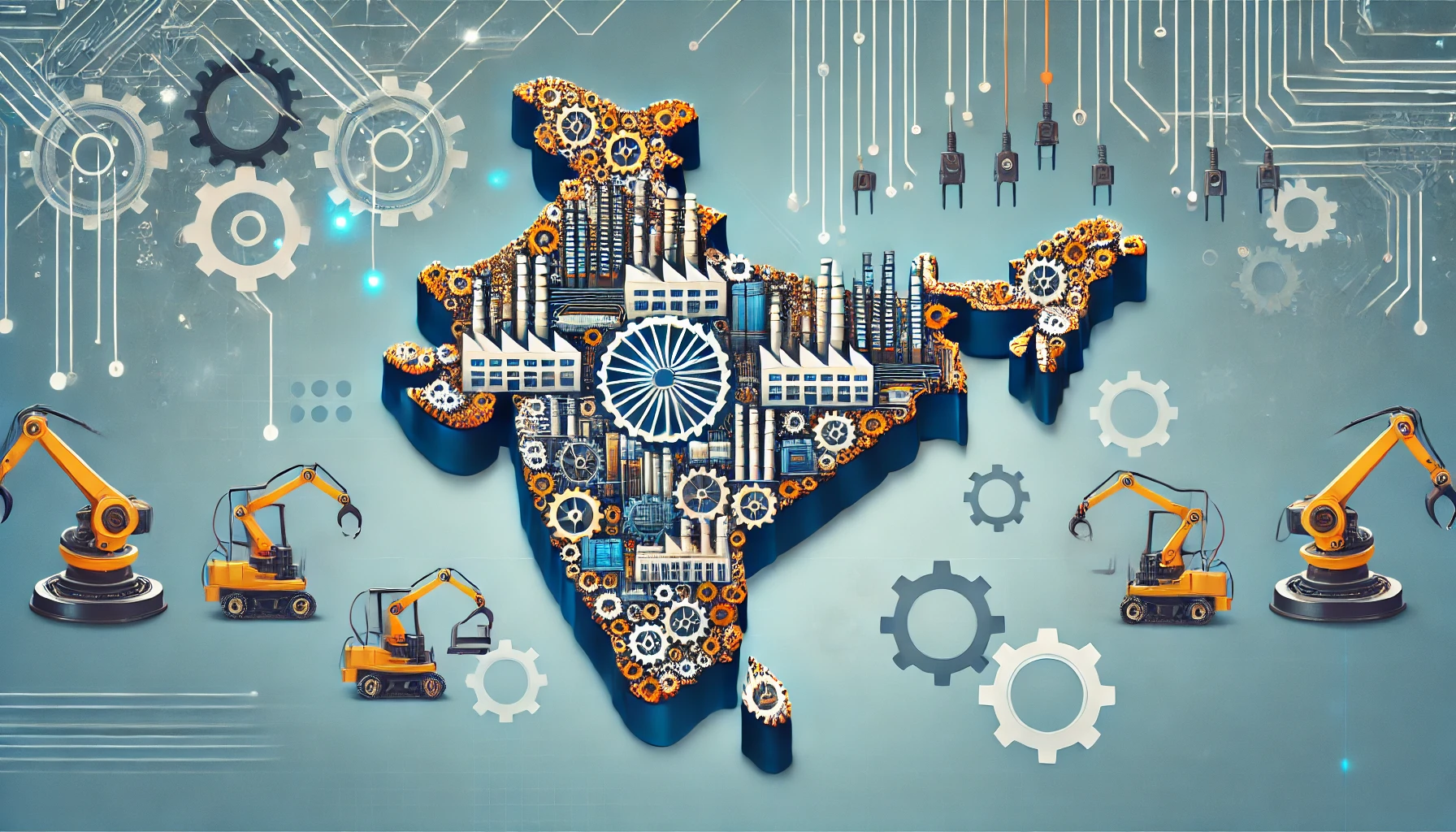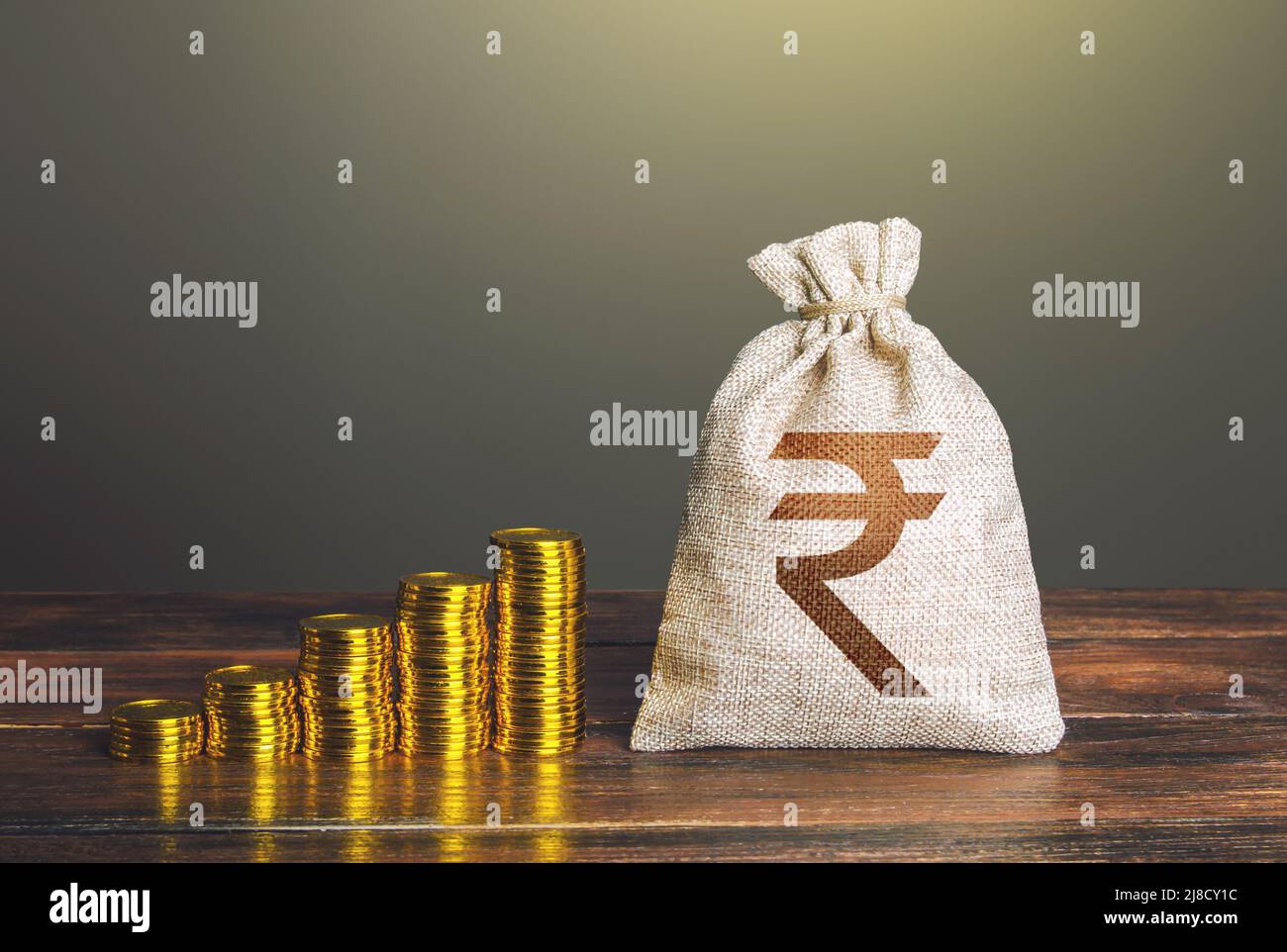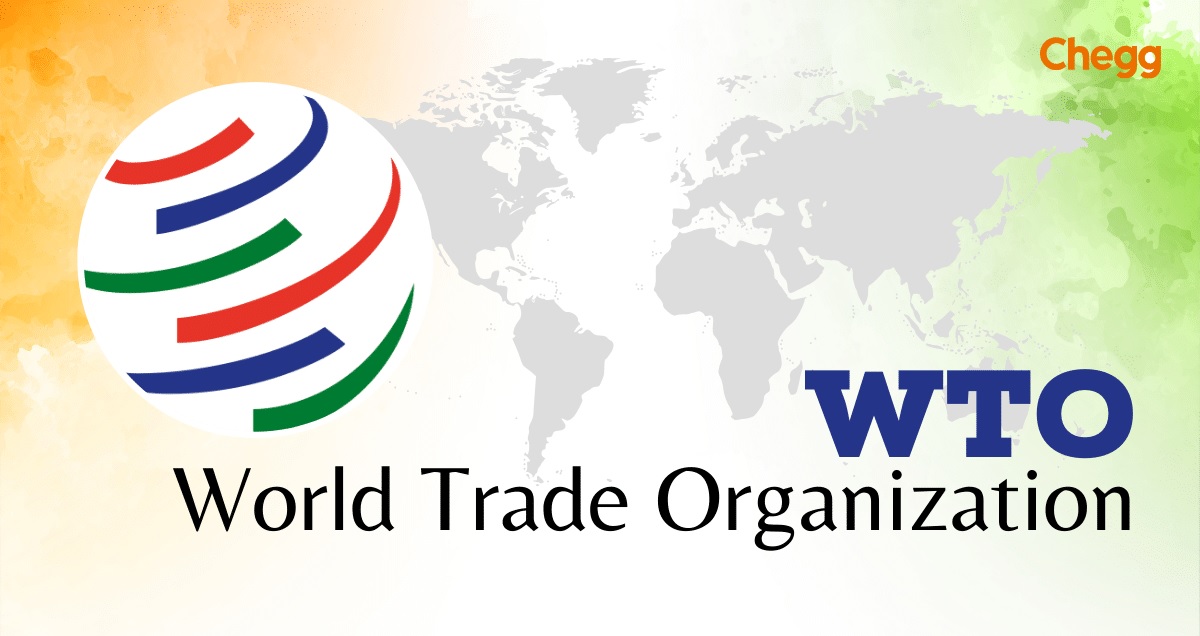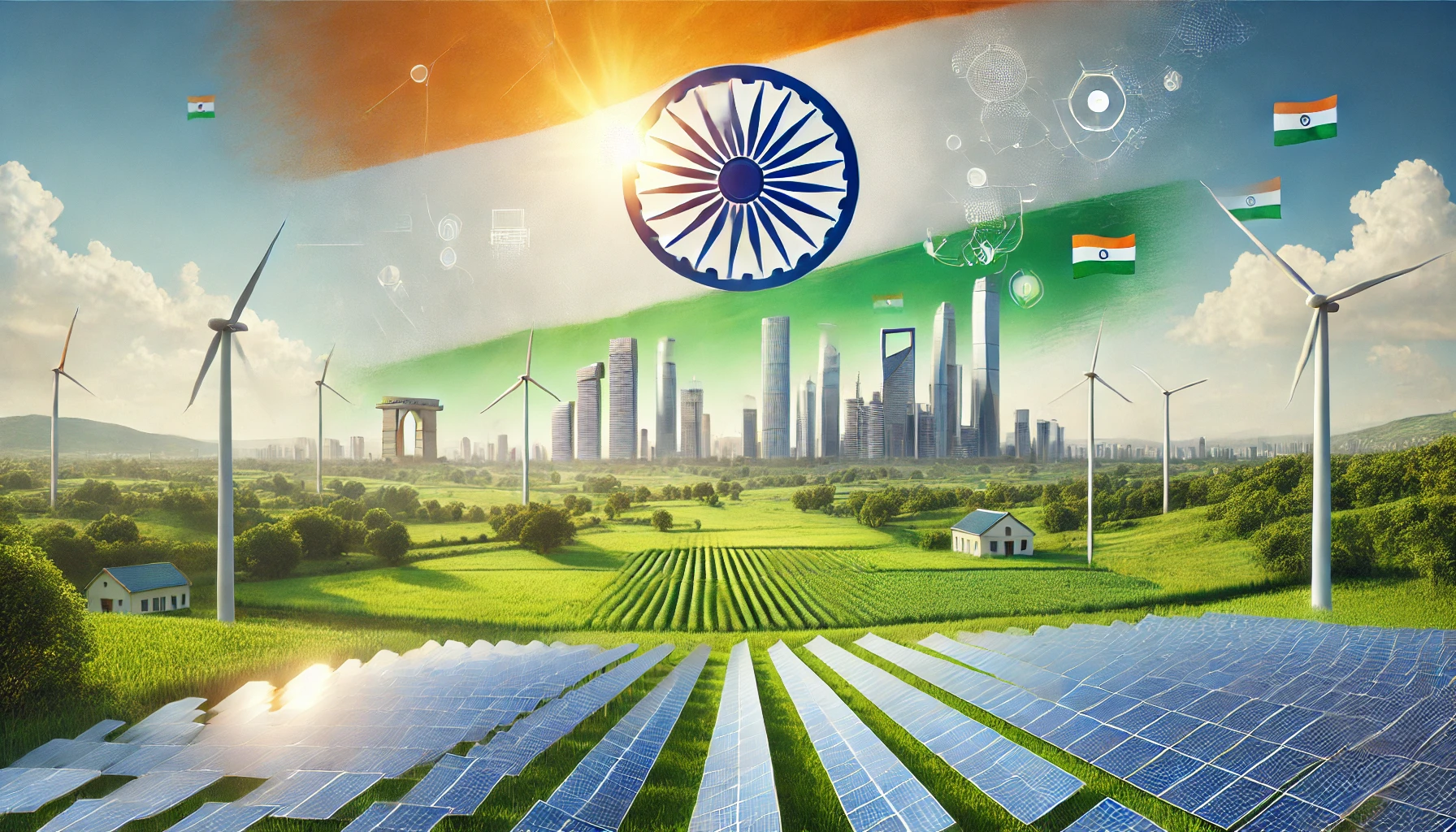The Hindu : Page 08
Syllabus : GS 3 - Indian Economy – Issues relating to development and employment

Context : The article discusses India’s economic challenges, including job creation concerns despite claimed GDP growth, rising inequality, political shifts post-2024 elections, and the need for new economic strategies amid parliamentary dynamics and sectoral issues.
GDP Growth vs. Unemployment
- The current government has claimed that the Indian economy, judged by GDP, grew at an impressively rapid pace of 8% last year.
- But even if that claim is true, it has not created an adequate number of appropriate jobs going by the current unemployment in India.
- Using the latest official statistics, the unemployment rate for people aged 15 years or above may have dipped from 4.2% in 2021 to 3.1% in 2023, but this is not commensurate with the rapid GDP growth rate of 8%.
Inequality gap is widening
- The gap between the haves and have-nots has widened in the last two decades.
- Moreover, throughout the past decade under BJP central rule, official statistics reveal a sharp rise in wealth inequality.
- About 1% of India’s population now owns 40% of the country’s wealth. This is terrible for any democratic population and state, if not for the stability of the nation.
- This is what is graphically called “K-shaped” inequality in the economy, i.e., consumption/income for a few is rising, while for a large proportion of the less well-to-do population, it is sliding, i.e., it is decreasing ‘K’-wise.
- In public meetings, Prime Minister Modi has claimed that because of GDP growth in the last nine years of his tenure, the economy has lifted 25 crore people out of poverty by investing heavily in capital expenditure.
- In fact, the electoral outcome has raised questions about this claim which experts of the government vide news media had touted — that India is the “fastest-growing large economy in the world”.
Growth could slip
- India’s growth in the last two years has been pushed via a significantly large Budget deficit for funding the government’s massive capital expenditure.
- But this has not been done by structural investments in the industrial, agricultural, and service sectors.
- It may be recalled that the GDP growth rate in the fourth quarter of 2019-20, fell from 8% to 3.8%. GDP growth rate in 2015-16, i.e., April 1, 2015 to March 31, 2016 when compared to April 1, 2014 to March 31, 2015, was about 8%.
- Each financial year has four quarters, namely, April 1-June 30, July 1-September 30, October 1-December 31, and January 1-March 31.
- In the pre-COVID-19 quarter, January 1, 2020 to March 31, 2020, when compared to January 1, 2019-March 31, 2019, GDP growth declined to a 3.4% annual equivalent year.
Need for a new strategy
- During the last decade, this government’s economists have frequently called for the “next generation of reforms” to accelerate national economic growth.
- Moreover, in agriculture, 92% of the jobs are in the unorganised sector. In industry and services, 73% of the jobs created are in the small- and medium-informal sections.
- The government and formal private sector account for a mere 27% of jobs.
Conclusion
- The central government’s economic policies face scrutiny amidst political challenges and economic disparities, necessitating a comprehensive strategy for sustainable growth.
- Future economic stability hinges on addressing structural reforms, reducing inequality, and fostering inclusive growth across sectors.







